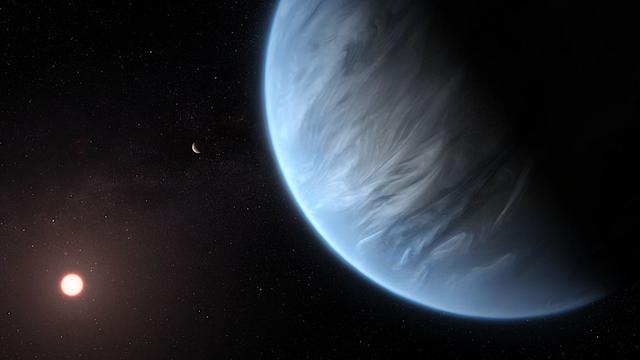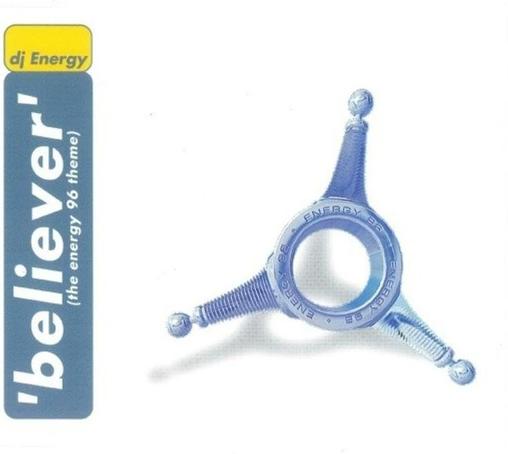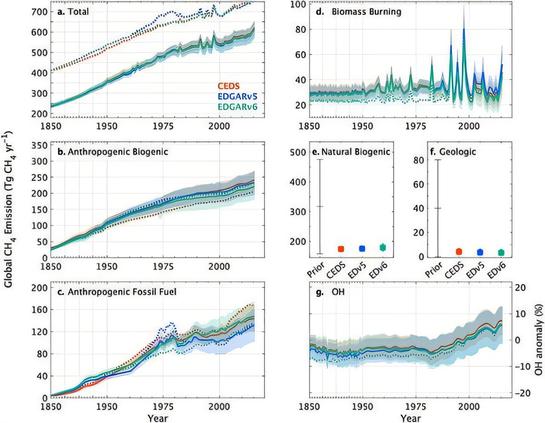All sorts of #toxic materials are released into the #atmosphere when buildings and their contents #burn. It's why one sees urban #firefighters donning breathing apparatus. #Wildlands adjacent to the Los Angeles basin also contain #mercury and #lead in #soil and litter layers, deposited over many years from #air #pollution generated by vehicles and industries. #Wildfires often emit these heavy metals.
https://www.nytimes.com/2025/03/28/well/la-firefighters-mercury-lead-blood-levels.html















